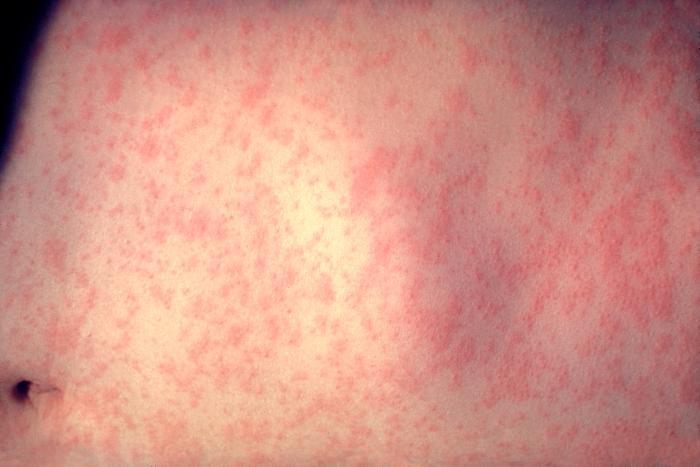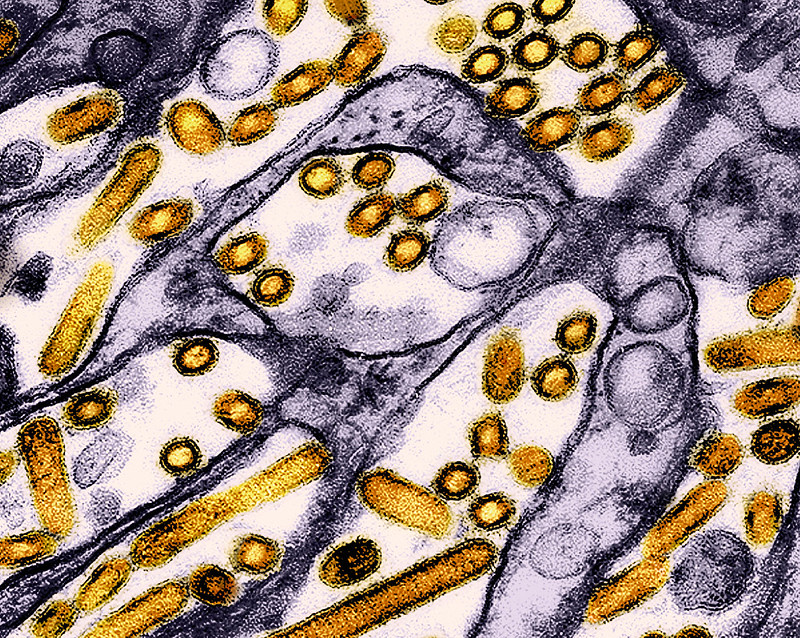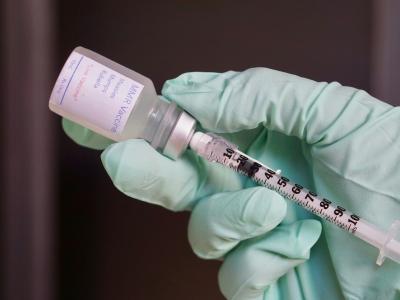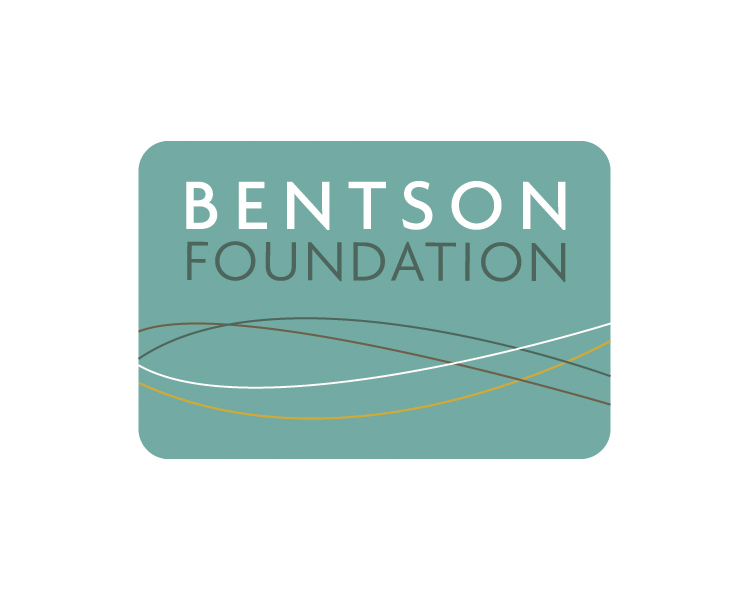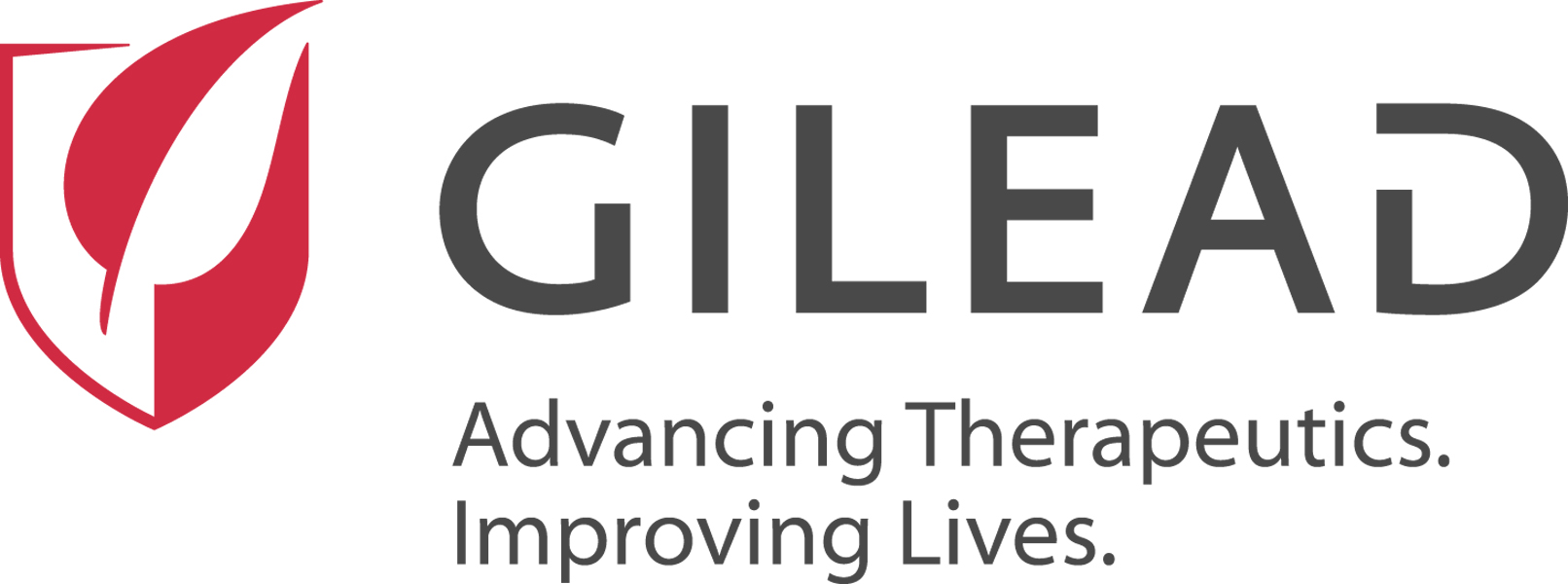.jpg)
Clarametyx Biosciences said this week that its investigational antibody treatment for cystic fibrosis patients plagued by chronic bacterial lung infections will receive priority review and development incentives from the US Food and Drug Administration (FDA).
The company said in a press release that the FDA had granted CMTX-101, a monoclonal antibody designed to rapidly collapse bacterial biofilms, Fast Track and Qualified Infectious Disease Product (QIDP) designations under the Gaining Antibiotic Incentives Now Act. The two designations mean Ohio-based Clarametyx will get more frequent interactions with the agency, an expedited review process and potentially accelerated approval, and an additional 5 years of market exclusivity if CMTX-101 is approved.
"The receipt of both Fast Track and QIDP designations from the FDA underscores CMTX-101’s potential as an innovative therapy for patients suffering from chronic respiratory conditions," said Clarametyx CEO David Richards. "We look forward to working even closer with FDA to expedite the approval of a new therapy for patients suffering from difficult-to-treat pulmonary conditions."
Promising findings from early clinical trial
Bacterial biofilms are complex communities of microorganisms that serve as a protective coating for bacterial pathogens and make them highly resistant to antibiotics. CMTX-101 destroys the structure of biofilms by targeting a region of binding proteins that stabilize and maintain their integrity.
The proteins are nearly identical across all pathogenic bacteria, but Clarametyx is currently focusing on Pseudomonas aeruginosa, one of the most common causes of cystic fibrosis-related lung infections. The hope is that CMTX-101 can help improve the effectiveness of antibiotic therapies in cystic fibrosis patients.
Clarametyx is currently enrolling cystic fibrosis patients with P aeruginosa infections in a phase 1b/2a study evaluating the safety, tolerability, pharmacokinetics, and ability of CMTX-101 to help reduce the pulmonary P aeruginosa burden. Interim results released in June indicated patients who received CMTX-101 as an adjunctive to standard-of-care antibiotics had reduced P aeruginosa burden based on prespecified criteria, and that the drug was well-tolerated.
